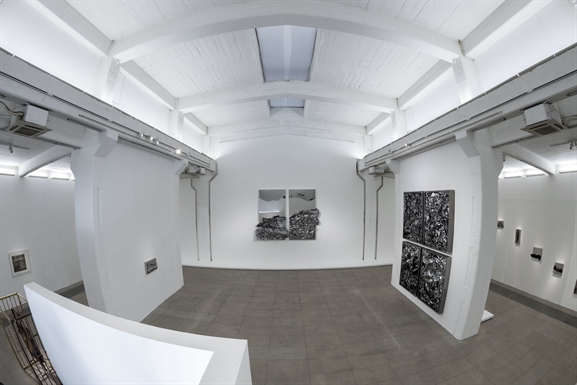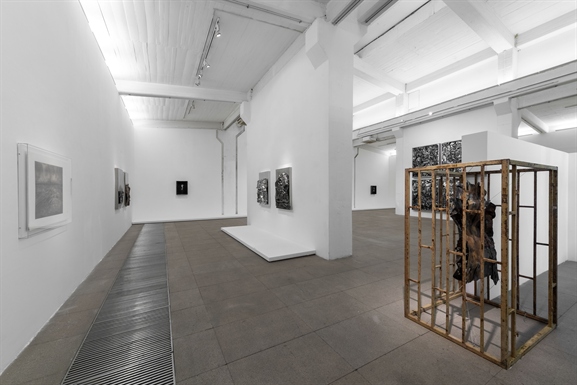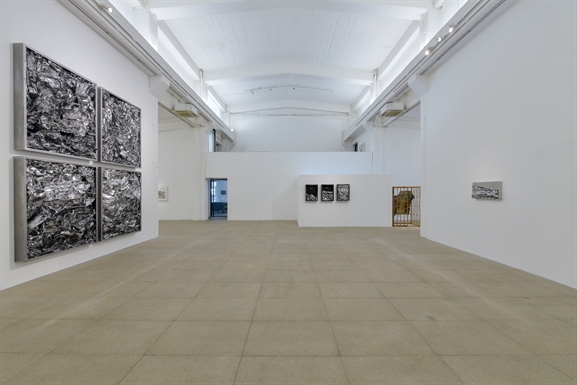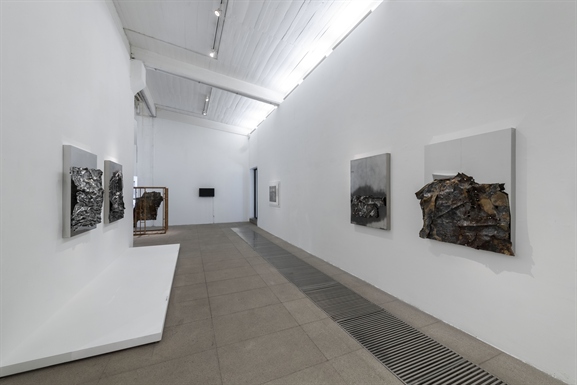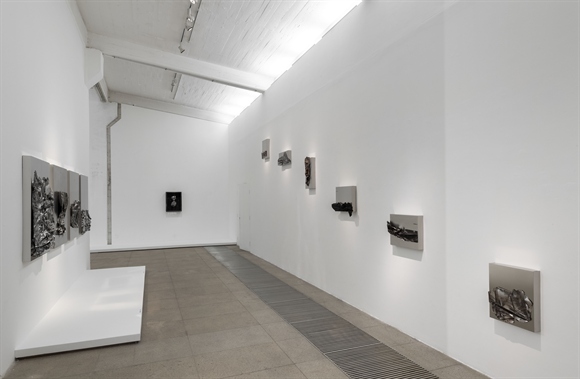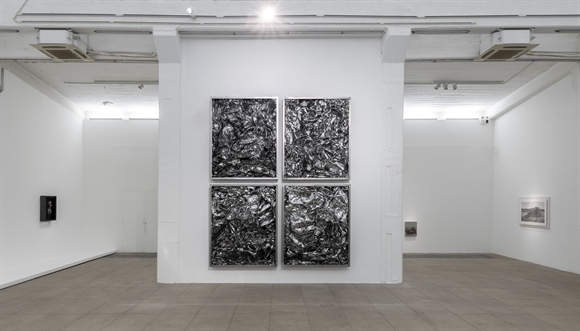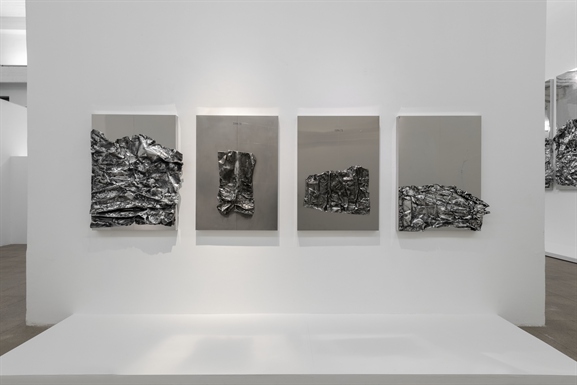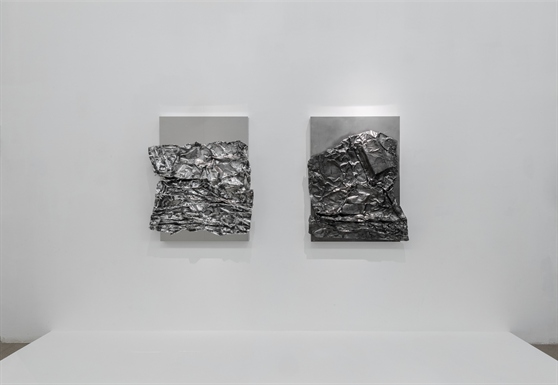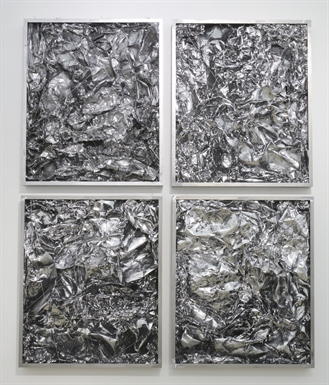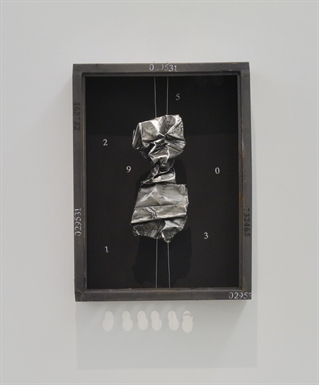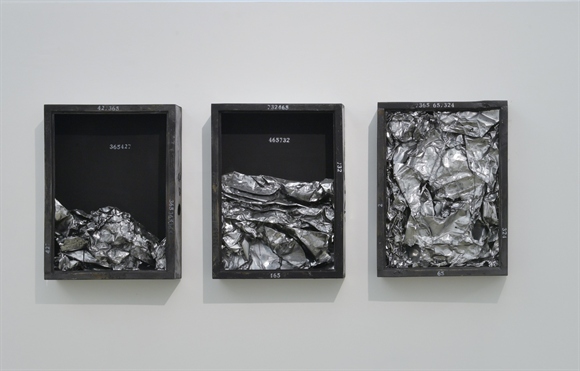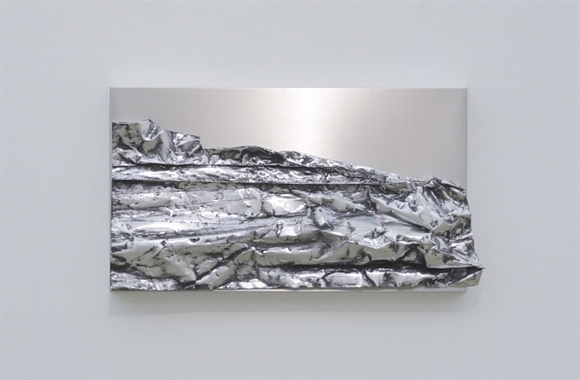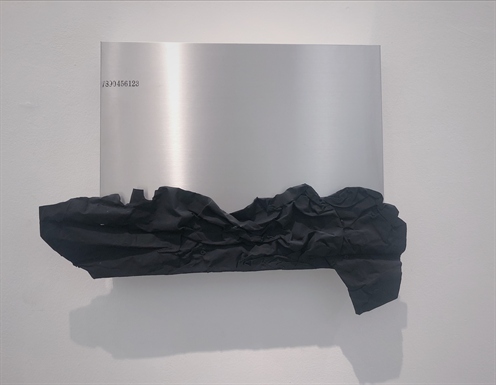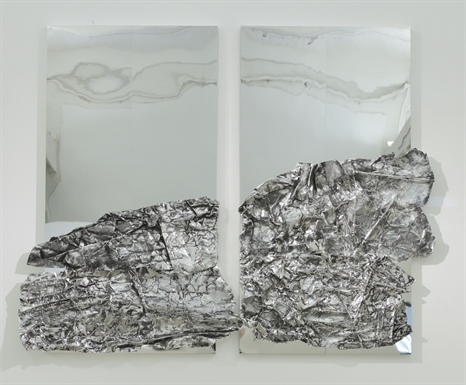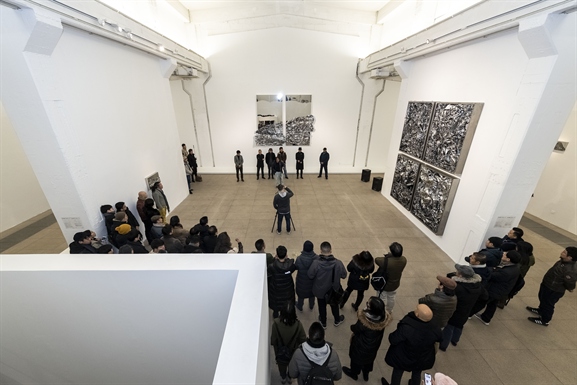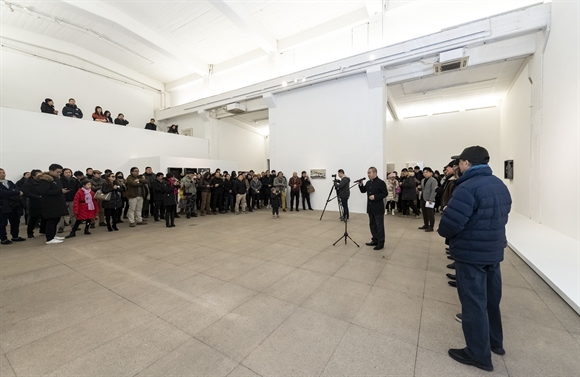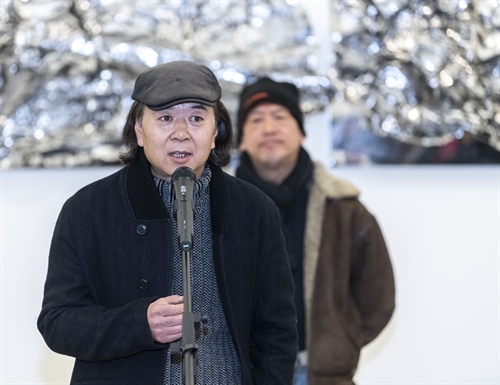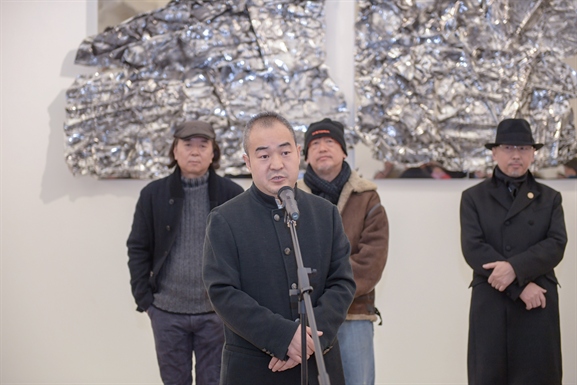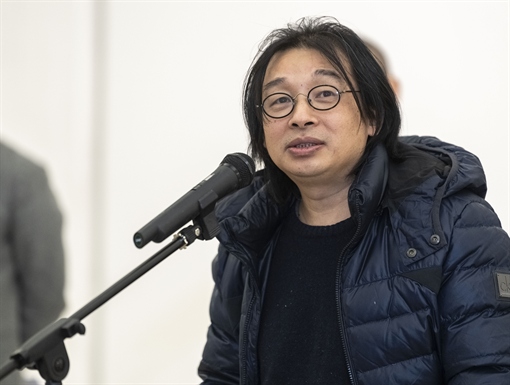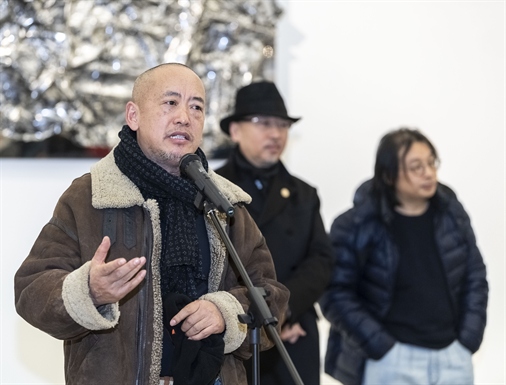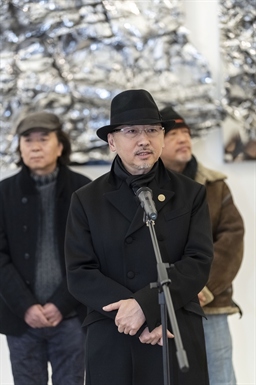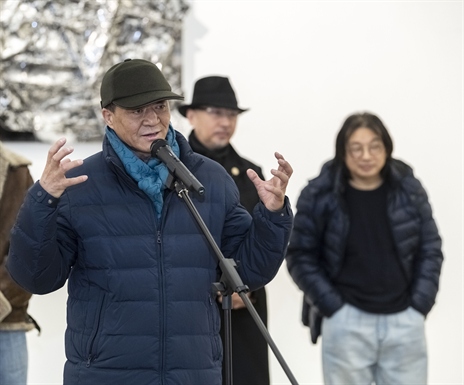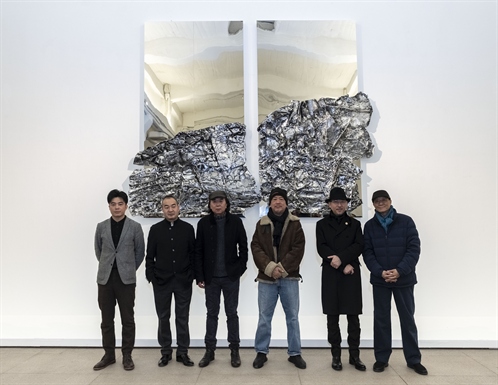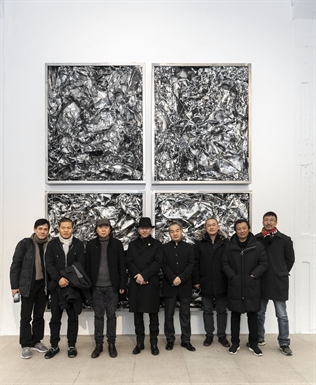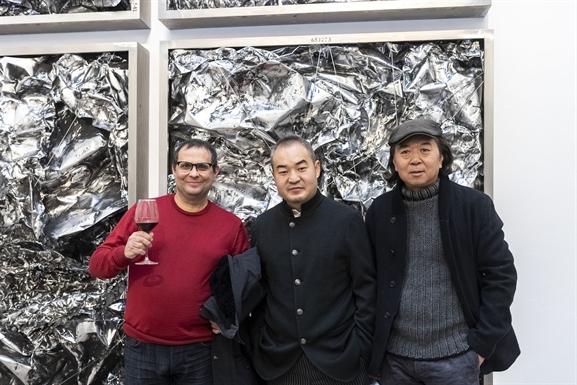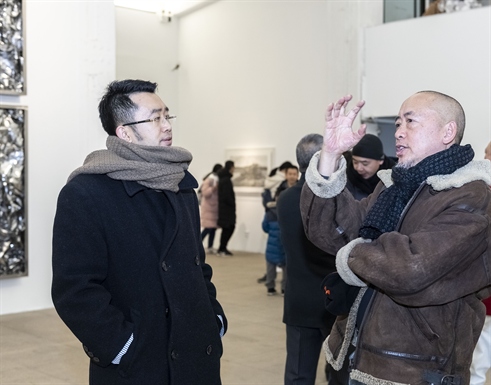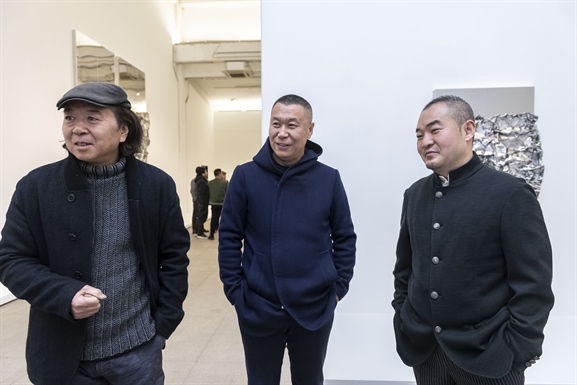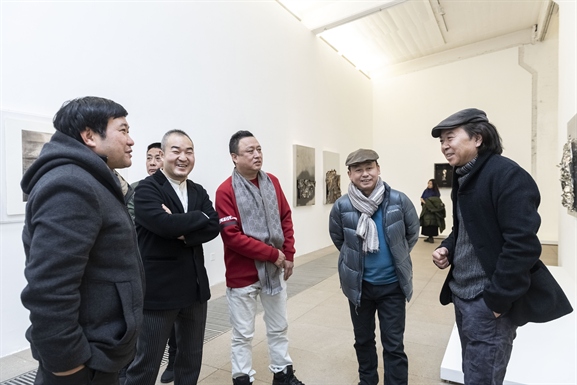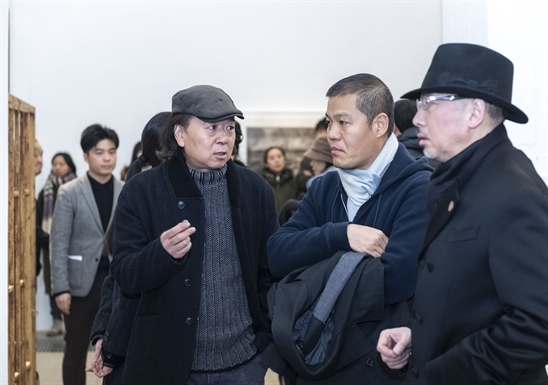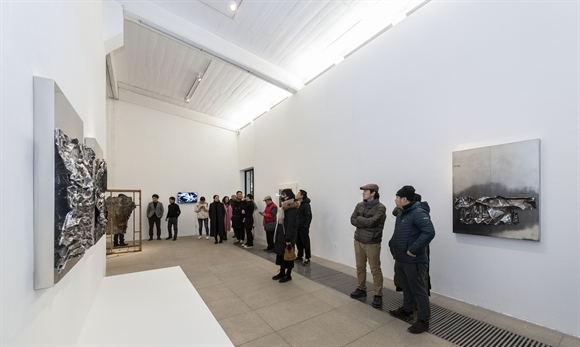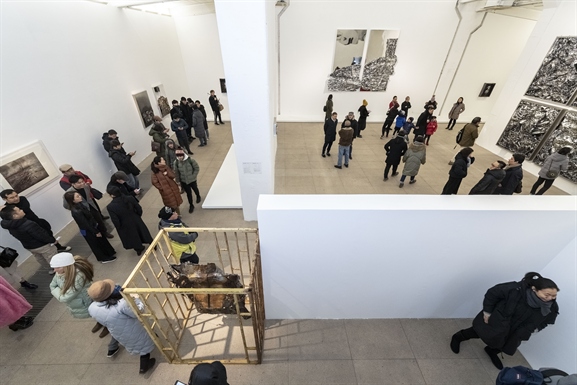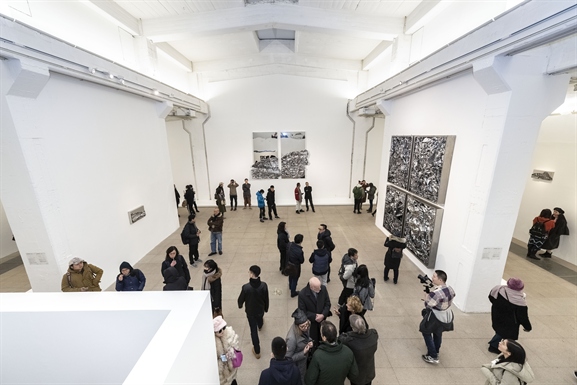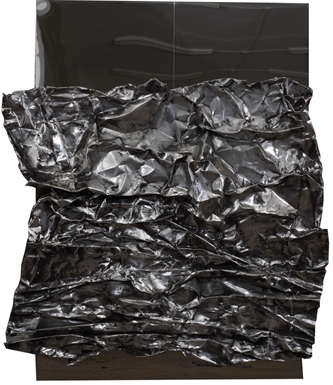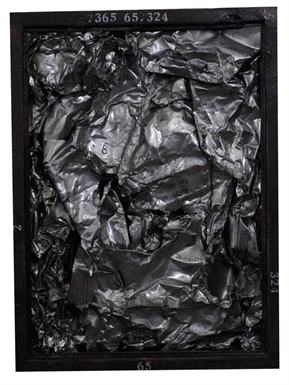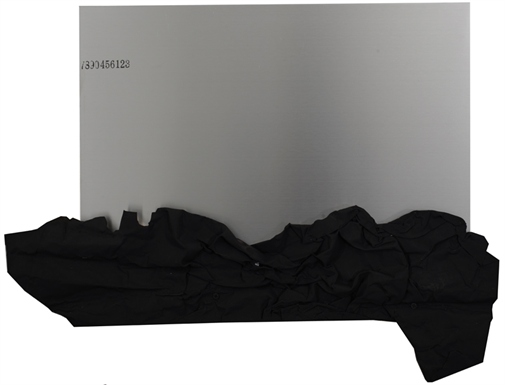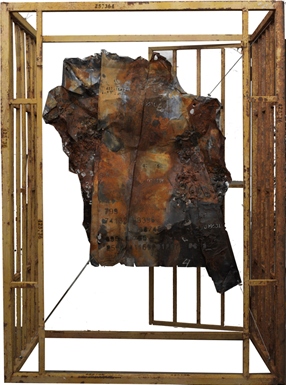Dec 08, 2018 - Jan 07, 2019
Press Release
It is with great honor that the Whitebox Art Center hereby announces the openning of Wrinkles of Object – Solo Exhibition of Wang Jiazeng on December 8th 2018. The exhibition will be chaired academically by Wang Minan. It will be the debut cooperation between the Whitebox Art Center and Wang Jiazeng, the master artist, and over 10 of his masterpieces will be displayed in the gallery.
Wang Jiazeng’s works usually would theme on the industrial ruins in North China. He is skillful in representation of workers’ images, and elements like iron boxes and workshops are used as symbols to reveal the contemporary value of industrial abandons and wastes. Wang Jiazeng painted numerous human figures being wrapped up by iron sheets, who are surrounded by the metal in the likes of people being jailed. These individuals are not facially visible and are marked by codes. The upcoming exhibition will present his new works that will differ from the past patterns. What is new about the new exhibits is that they are presented like devices made of iron boards and steel plates. The artist shakes off from his conventional way of repeated layers of paints to outline the architectures and the space they carry, and he adopts simplified forms of art that will be hung on the walls.
The artists collected various abandoned metal materials, - aluminum and iron – and shaped them into wrinkled objects by continuous hammer-strikes, welding, grinding, a sense of dignity and gravity is therefore presented after the surface of the metals being made full of wrinkles and folds in a irregular way. Different from printmaking, oil-paintings present squeezed patterns and such haggard appearance adds to the sense of gravity. To Wang Jiazeng, iron, as a metal, is the very basis of industrialism, and it enslaves human in the industrial age. Iron is interpreted by Wang Jiazeng, ironically, as the symbol of industry and modern world. The metals have philosophic implication in them – humans are manipulating and manipulated by metal; humans harms and are harmed by metal. That the relation between humans and metals are mutual-twisting and tangled together is the law of the industrial age.
Wang Jiazeng’s new works goes beyond the narration of history. By establishing a metaphoric relation between the wrinkles and the audience, he tries to present an omnipresent heaviness on the viewers, in a seeming way that the viewer are personally under the pressure of such weight. Wang Jiazeng endows the works the meaning that the weight can not only be felt by human, but humans will be shocked by observing the weight falling on objects. Thus the audience will be brought into the reflection on the relation between rights and objects.
The Whitebox’s showrooms serve as enclosed space, on their walls hung the works of the artist. The exhibits are either tied up with steel boards or encased in metal boxes and they are coded as prisoners. In a limited space the works constitute an image of ‘Revenge”.
Curator Article
Mystery Revenge from Iron
By Wang Minan
Wang Jiazeng collected some abandoned iron boards, which have behind them rich and long history. They came from the nature and were made into various forms and patterns through industrial processing(made and tested repeatedly). They are smooth, neat and rigid in their fixed patterns and modeled for easy use in different purposes. In other words, these iron boards are target-oriented and have been produced for commercial purposes. They flow out of different iron and steel mills and show up in the world through twists and turns. Some of them were used on different objects and are now separated from those objects to become material again, while there are others that have stayed unused for their lifespan and weathered into wastes directly – they became useless from the time they had been produced. Right here, each piece of the iron boards has its unique history and has been woven into a chain of fates. Their life also underwent ups and downs, dispite of the fact that their biography never read. Accidentally, Wang Jiazeng selected them (maybe ran into them in a market of recyclings or search for them as a reminder of his own past.) He just grab them over and interrupted their life course, and put them on a unpredictable road to the future. Eventually, Wang Jiazeng turns them into his own history – section of his history of art.
These boards were changed into different track – in space, meaning or others. Their shapes have been changed by Wang Jiazeng. Wang seems to hate their hardness and texture and their functional purposes, even their industrial nature is so unacceptable, therefore he just tortures them and tramples on them during his aimless reproduction that features squeezing and twisting, resulted in spreading wrinkles in irregularity. These iron boards, on the other hand, are subjected to pains and misery. He passed for tearing them up, and during such torture he gets his joy from the moaning of the iron boards. The grey or black iron board lose their qualities as functional products under his strikes. They were turned into pure material being without any function. This is Bataille destruction – material being liberated from utilitarianism.
Meanwhile, their nature was exposed under such bending, folding and tearing. The function-based iron boards have their nature covered by their patterns, while when they are turned into iron as it is, the nature of iron as a kind of material becomes visible. The iron wastes have scars on them, that are going to be made worse after repeated strikes: the strong iron finally reveals its weakness. It struggles desperately, or it has died and its remains display failure. Material substance hereby demonstrates its dual characters – hardness and weakness; smoothness and cracks; sharpness and scars. Finally it becomes hostile to itself. It swings between the two properties, and any definitive shape or property it still possesses? Wang Jiazeng handles the materials in exactly the opposite way to industrial production – not only does he try to crash the iron boards, but to ruin the process by which they used to be made into products. He seems to mock and revenge industrialism by twisting the boards randomly, and such twists change the shape and property of the material and the productive process of making the material.
Why treat the iron boards this way? The answer may lie in his reflection on industrialism. The iron boards indicate industrialism (that is why he would go back to Shenyang to search for iron boards). The way to treat them is to mock industrialism for its invasion on human nature. While human treats iron and steel violently, don’t they apply equal violence on human? Isn’t it the counterattack that human launches on the metal? In the time of industrialization, iron and human are integrated. Human is controlling the machine and is controlled by the machine; human harms the iron and is harmed by it. The mutual unfriendliness is the rule of the industrial age. Wang Jiazeng painted many human figures being wrapped up by iron containers. The figures are surrounded by iron like being jailed, each of them without facial image and treated like sequential codes. He, in turn, puts the iron objects into jail and and hangs them on the wall, or ties them up onto steel boards or to jail them the way they used to do to human figures, and code them in the same way. This is a true revenge.
However, this is not just a simple trade of place between human and iron. The biography of iron, if we do not put it in an industrial context, completes a new chapter. Comparable to human being, the fate of physical objects is also unpredictable. When the twisted and queezed iron boards are place into tiny, bright container, they are endowed with mystery. Why they are pick out of the pile of iron boards? Why they are pressed into this shape? Why they settle in this place and why they attract attention? These folded iron objects present accidental moments or lasting state? Are they made into the shapes purposely? And is it the fate of the object or made so by human?
Maybe all of these is accidental, and accidentality means mystery that needs to be kept in secret.
Installation View
Artworks
- The-fold-of-objects-7 Metal-material 85 6x120cm 2018
Media Report

